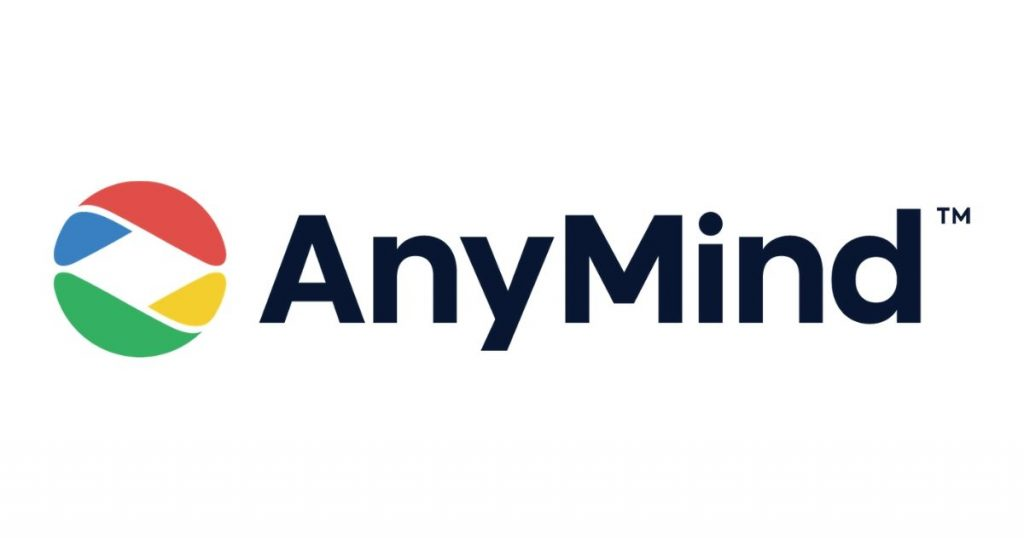That’s “the $600 billion question,” said David Cahn, a partner at Sequoia Partners, a historic Silicon Valley investment fund specializing in tech. According to his calculations, set out in a lengthy post published on June 20, this is the amount of revenue that would be needed to make current investments in the sector profitable. “The AI [artificial intelligence] bubble is reaching a tipping point,” he said, pointing to a mismatch between projected expenditure and revenue.
A similar observation was also evoked in a note from the investment bank Goldman Sachs, published on June 25 and titled: “Generative AI: too much spend, too little benefit?” Generative AI – the family of software programs capable of creating text, images and sound, popularized since the launch of ChatGPT in late 2022 – is a “true human invention,” but the subject of “too much optimism and hype,” said Massachusetts Institute of Technology professor Daron Acemoglu.
These notes urging caution join a little tune heard in recent months from other observers. “Beware AI euphoria,” said Financial Times editorialist Rana Foroohar, while digital essayist Cory Doctorow and Guardian columnist John Naughton predicted a “bubble.” More recently, an article published in The Economist suggested that generative AI may well be a case of “over-investment in infrastructure fuelled by excitement over a new technology,” comparing it to the “railway mania” at the end of the 19th century or the “telecoms boom” at the birth of the internet in the 2000s. Spending on generative AI is a sign that industry giants may be overestimating “people’s willingness to pay for chatbots and other whizzy ‘gen-ai’ tools”, said the British business magazine.
Read more Subscribers only Inside the secrets of generative AI
Colossal investments
The starting point for these fears is the amount invested in infrastructure, mainly data centers capable of providing the computing capacity needed to train and then run generative AI models: $200 billion (€186 billion) in 2024, for the four giants Amazon, Microsoft, Google and Meta (Facebook, Instagram), 45% more than in 2023 and 180% more than in 2019, according to analyst firm Bernstein Research. Fueled by the high price of AI-specific processors from market leader Nvidia, this spending will continue as new generations of these specialized chips arrive, according to Sequoia Capital. The sector is forecasting investments of around $1,000 billion over the next few years.
“What $1 trillion problem will AI solve?” said Jim Covello, head of global equity research at Goldman Sachs. According to him, generative AI is currently used mainly to “make existing processes – like coding – more efficient” – often at extra cost and also with an error rate, but “not one truly transformative – let alone cost-effective –, application has been found.”
You have 48.48% of this article left to read. The rest is for subscribers only.





